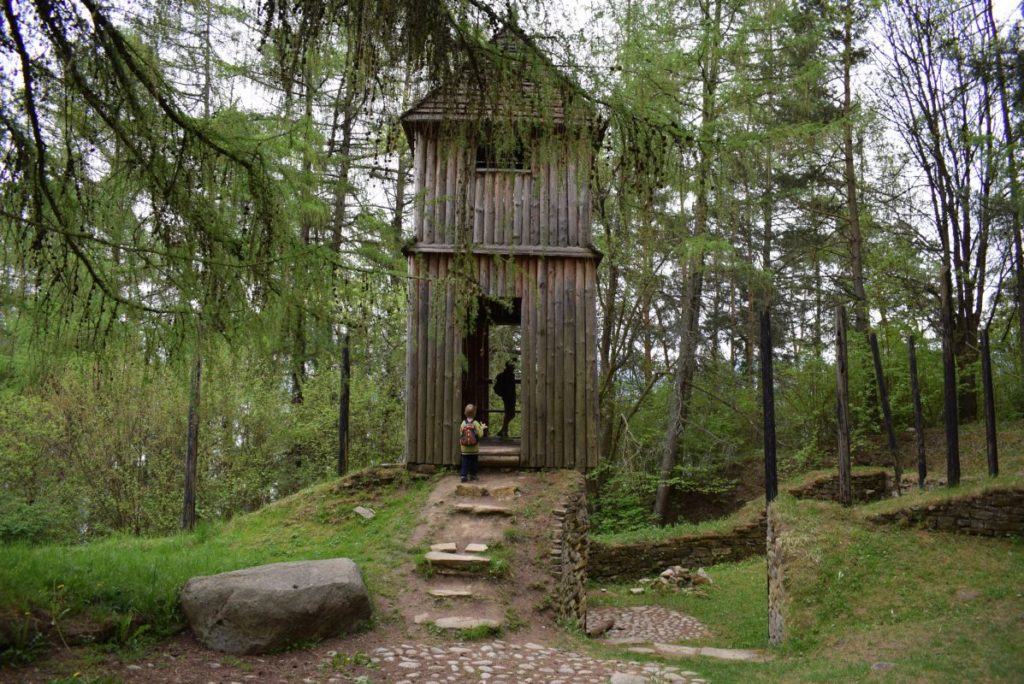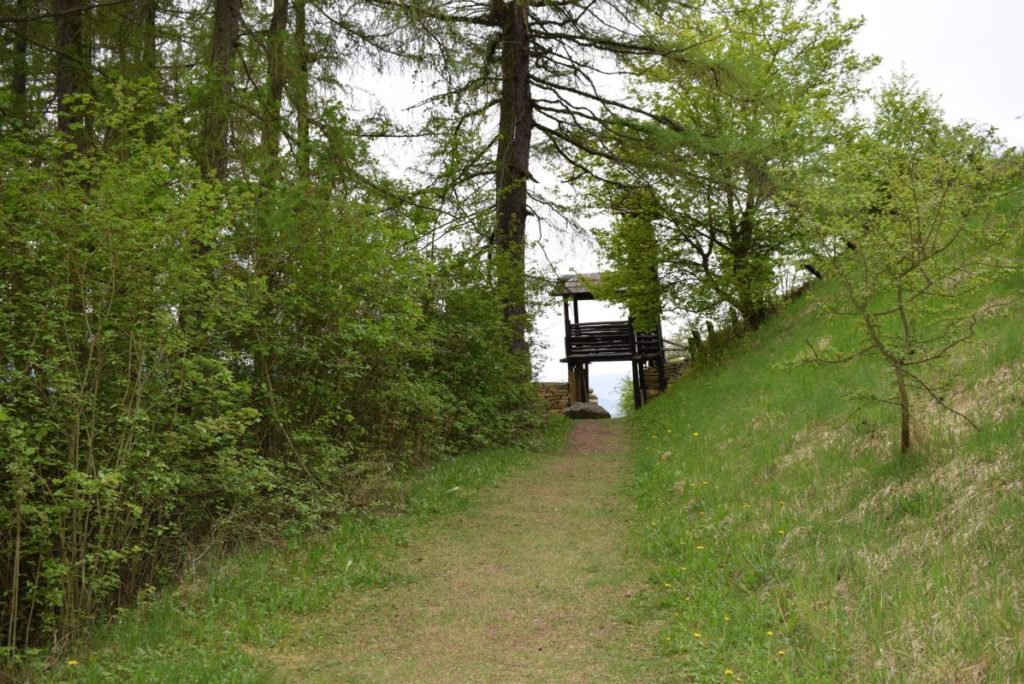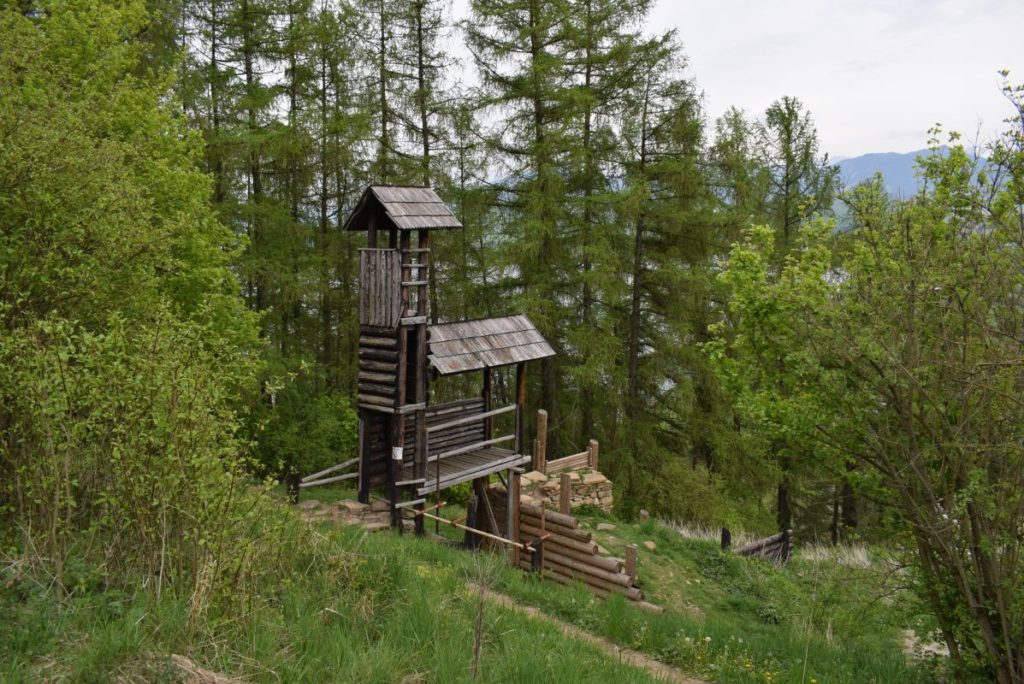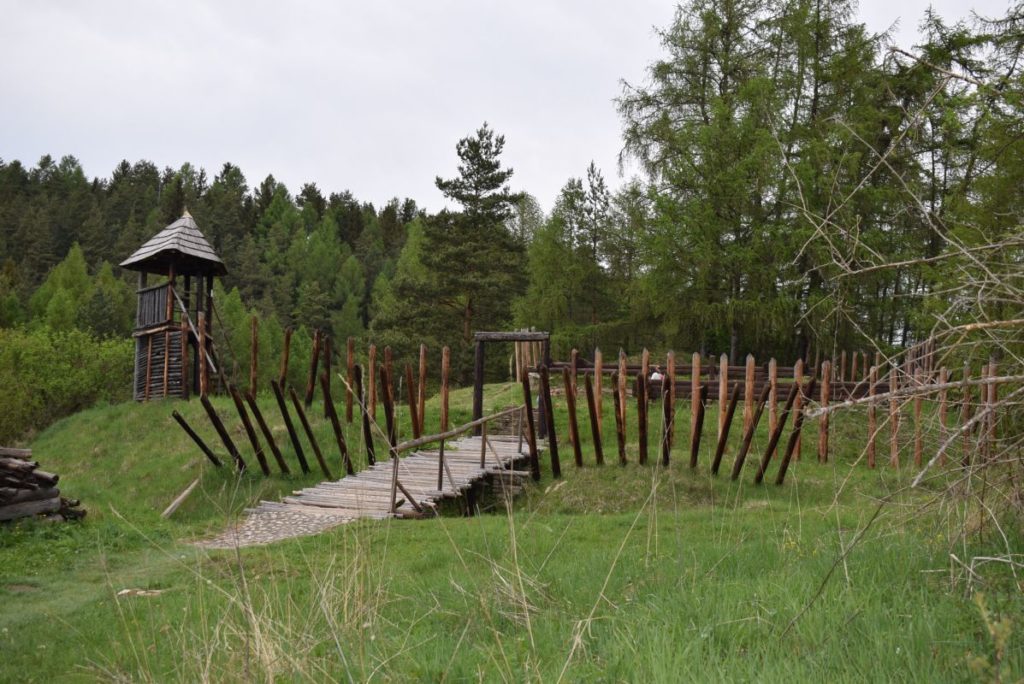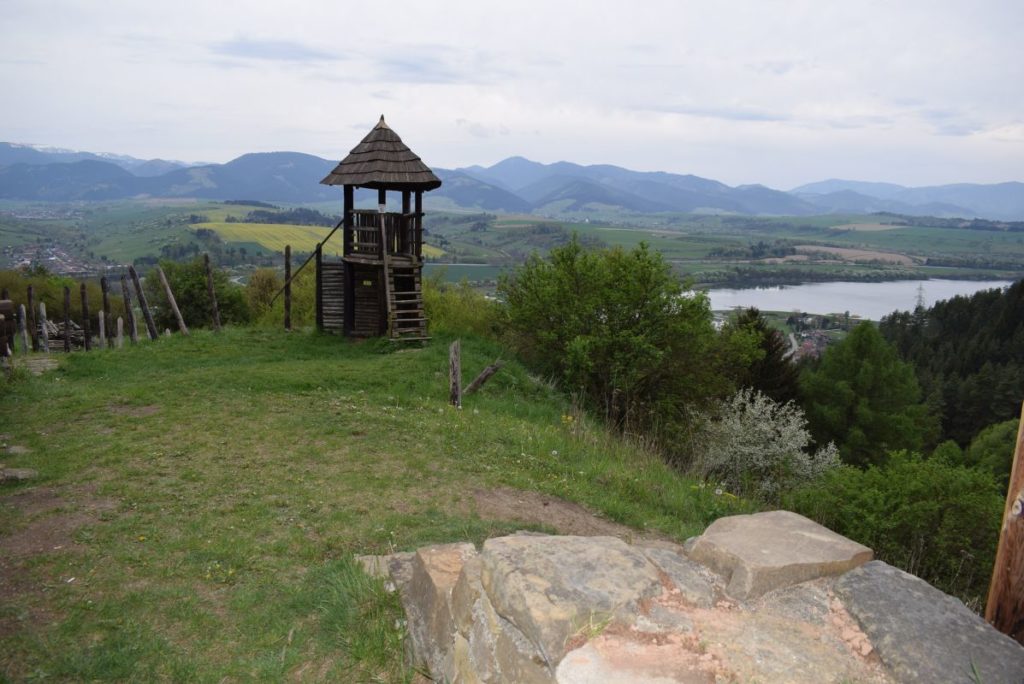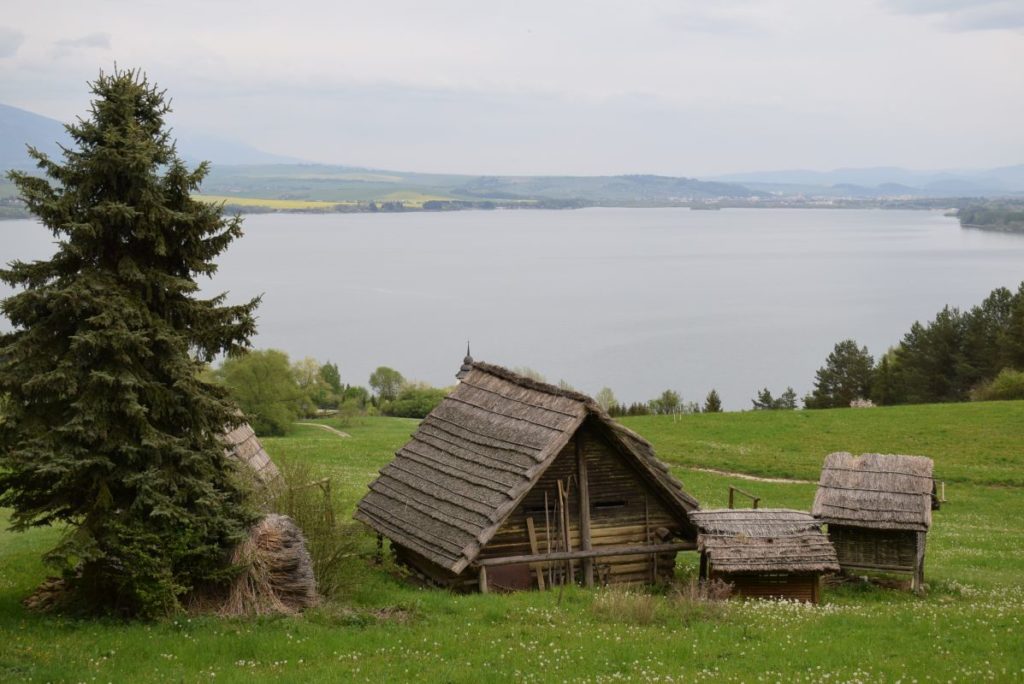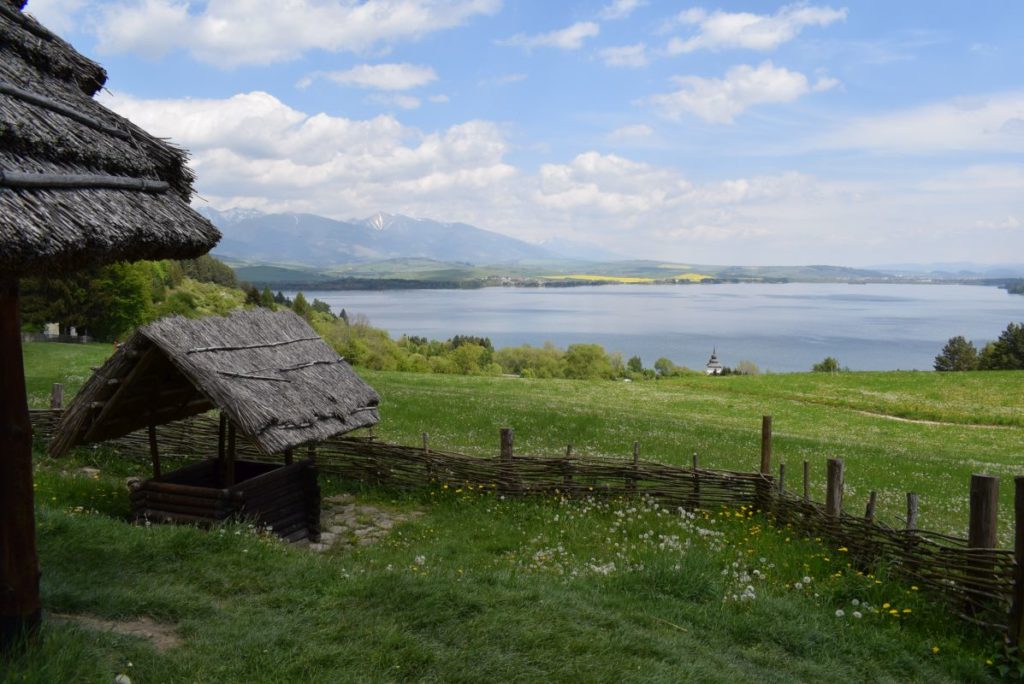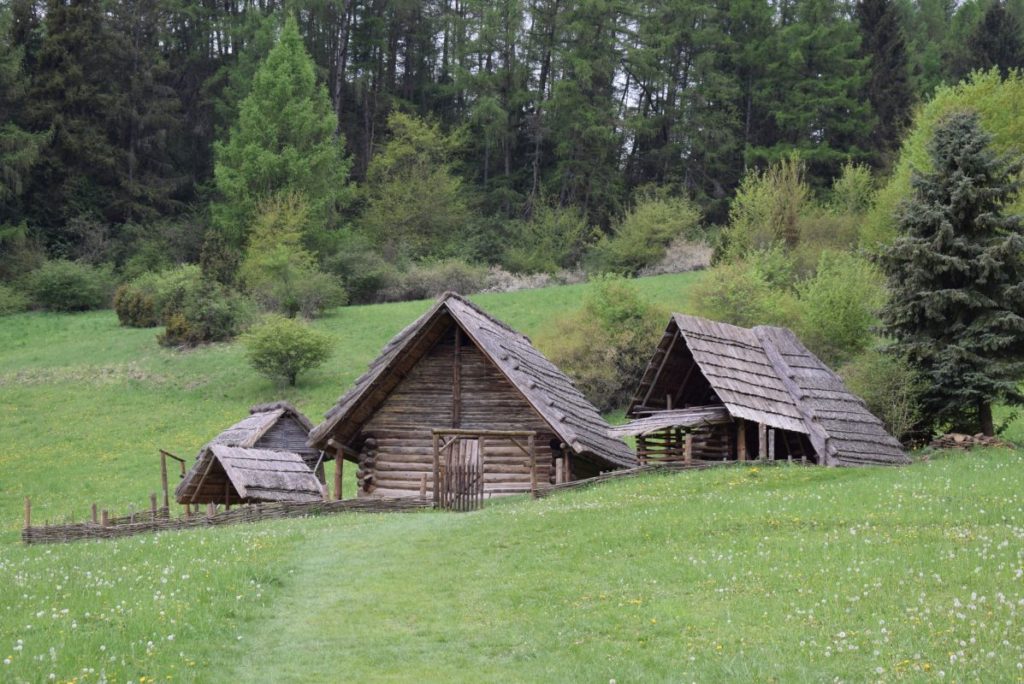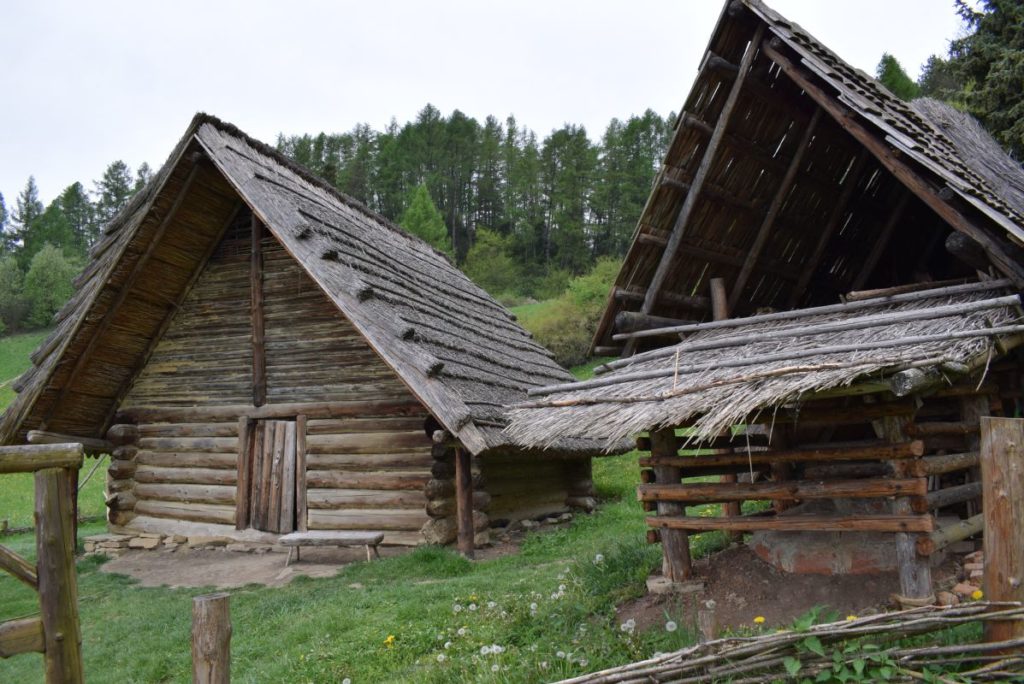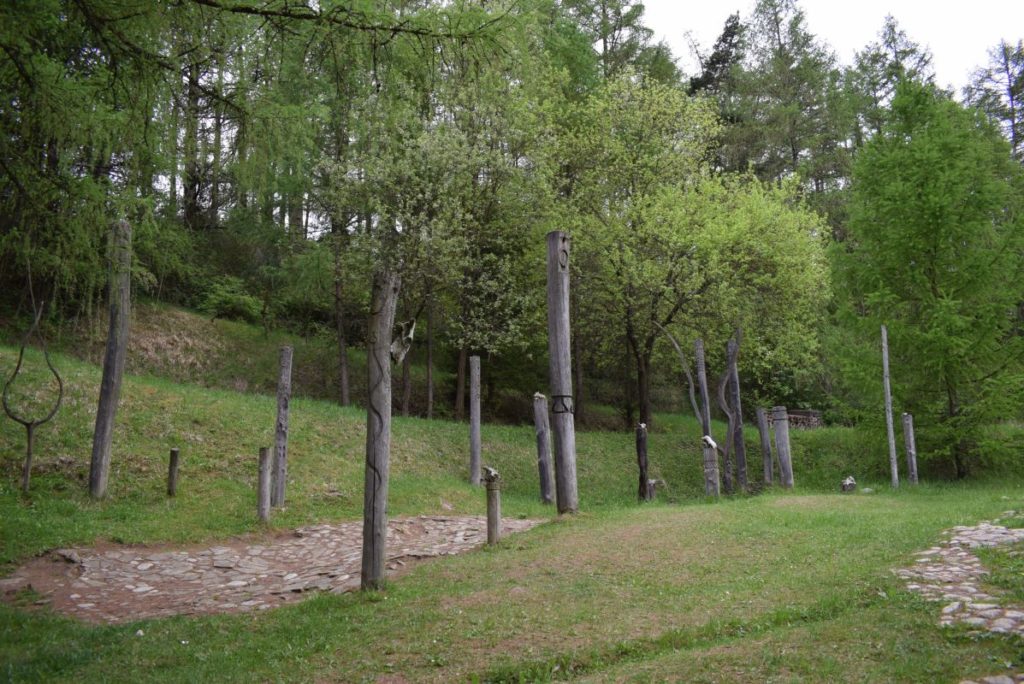Archaeological Open-Air Museum Liptovská Mara - Havránok
The unique archaeological open-air museum called “Havránok” is situated above water reservoir Liptovská Mara, on a meadow foothill area of “Úložisko” Hill, approximately 19 km away from the centre of Ružomberok. It is the first open-air archaeological museum in Slovakia. It is also one of the oldest cultural monuments in Liptov.
Havránok is probably the only place in Slovakia where you can see restored ancient dwellings, parts of fortifications along with a place of worship.
There were several successive settlements of craftsmen and farmers in this place in the past, the area was inhabited by Celts, and later by Slavs. Today, we might find here partially restored objects of residential, defence and spiritual nature. A visit to this place is an exceptional experience.
At the beginning, there is a house with a farm building, a pottery workshop, a stable, and a well from the late Iron Age. You can enter the buildings, which makes it exciting even for younger visitors.
Then you need to continue slightly uphill, and waiting for you at the end of the climb is probably the most interesting place: a wooden watchtower and, next to it, a Celtic Druid shrine with wooden colonnade with animal skulls and a sacrificial pit. It was used by the Celts for magic rituals, which included sacrifices of animals and even people. The remains which were found here showed evidence of beating to death, cutting bodies into pieces and probably also burning with fire. At that time, people believed that the more blood and tears are spent by the victim, the more abundant rains it will bring, and people will not have to suffer from droughts. The pit into which they threw the pieces of the victims symbolized the entrance to the underworld. Death did not mean the end of life, but only a transition into a different life in the world ruled by the dead.
From the sacrificial pit, we continue to another watchtower, from which we get a beautiful view of the surroundings.
After that, we walk up to a fortified medieval castle, which is also protected by a defence ditch and a defence tower. The view from here is also beautiful. In the past, the castle had to resist several raids by the Hussites, and it also served as a sanctuary for people hiding from bandit knights.
Finally, we walk down to a covered water tank.
In the past, Havránok played a very important role of a spiritual centre, with significance transcending the borders of the region. It was at its peak during the Celtic settlement. The Celts were the first inhabitants in Slovakia who can be specifically identified by name.
Havránok is also one of the most important archaeological sites in Slovakia. The archaeological research of the area started in 1960s in connection with the construction of water reservoir Liptovská Mara. In addition to the castle ruins, the stone roads, or the sacrificial pit, there were also finds of ceramic objects, coins, jewellery and various objects made of iron and bronze. Originally, the castle had eastern fortification consisting of a double stone wall and a gate, and from the other sides, it was protected by a hill barrier made of wood and soil, with a stone wall.

